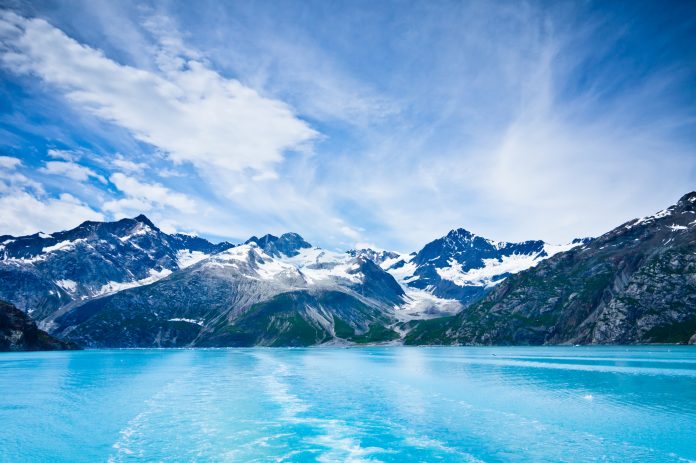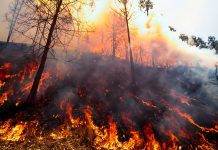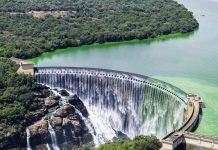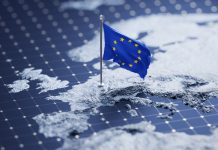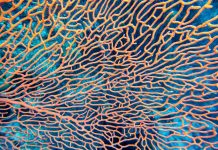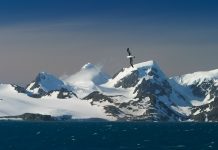Open Access Government takes a closer look at the hydrology and surficial geology in Alaska to illustrate the broader picture of geology in the region, primarily focusing on Permafrost and Periglacial Studies
From reporting on oil and mineral finds to helping in the aftermath of deadly mudslides, the Division of Geological & Geophysical Surveys (DGGS) in Alaska staff tirelessly put effort into growing the economy and safeguarding their communities. Investing in geology is essential for commercializing and discovering Alaska’s untapped gas, oil, coal, and mineral resources and preventing geologic risks to Alaskans. (1)
Under the banner of the Director’s Office, the DGGS consists of five sections: the Geologic Materials Center and the Alaska Geospatial Office.
- The Director’s Office oversees strategic planning for the Division’s programs to ensure DGGS serves the community’s needs, oversees the Division’s financial operations, and provides staff and administrative support.
- The Alaska Division of Geological & Geophysical Surveys, Energy Resources section generates new data on the geologic framework of frontier areas that may contain undiscovered gas, oil, geothermal resources, and coal.
- The Hydrology and Surficial Geology section utilizes the principles of geology to comprehend the engineering implications of geologic materials and other geologic issues for society.
- The Geologic Hazards section collects, analyzes, and compiles geologic data relevant to hazard risk mitigation.
- The Geologic Information Center disseminates geologic data generated by the Division and preserves and enhances public access to Alaska geology and earth science details.
- The Alaska Geologic Materials Center (GMC) unites the state’s largest geological
collections with research, education, and industry communities to advance geologic knowledge, raise economic awareness, and promote public understanding and interest of Alaska’s geologic history. - The Alaska Geospatial Office (AGO) collaborates with public and private entities throughout Alaska to develop and maintain geographical information.
- The Mineral Resources section gathers, analyzes, and makes available data about Alaska’s geological and geophysical framework regarding the state’s mineral resources.
- The Volcanology section focuses on processes and hazards related to Alaska’s over 50 active volcanos.
Hydrology and Surficial Geology
Let’s take a closer look at the Hydrology and Surficial Geology section to illustrate the wide-ranging work of the DGGS in Alaska. This section uses geology to understand the engineering implications of geologic materials and other geologic issues for society.
This section is responsible for collecting, analyzing, and compiling geologic data relevant to engineering and hydrological purposes required for managing water resources in Alaska and building infrastructure.
The Hydrology and Surficial Geology section also identifies hotspots where geological processes will likely affect people, buildings, and the surrounding environment. (2)
Permafrost and Periglacial Studies
Permafrost and Periglacial Studies is part of the Hydrology and Surficial Geology section. Permafrost and periglacial hazards are concisely summed up as follows on the Alaska DGGS website: “Permafrost and periglacial hazards are caused by perennially-frozen soil, rock, or sediment – known as permafrost – and the landscape processes that result from extreme seasonal freezing and thawing.”
Going into more detail, what exactly is permafrost? Permafrost is ground with a temperature that stays at or below freezing (32° F or 0° C) for two or more years. In cold-climate areas, permafrost provides a stable foundation for structures and infrastructure, provided the frozen ground temperature stays well below freezing.
Did you know that a significant hazard of warming and thawing permafrost is that the soil surface collapses, and the ground ice degrades? Temperatures fluctuate throughout the year, causing the ground to move as the upper layers freeze (ice lens formation) and thaw (ice loss). The Hydrology and Surficial Geology section explains more about ice lenses in their own words:
“Ice lenses may form under wet conditions as the ground freezes, especially in fine-grained soils such as silt or clay. Upon thawing, ground ice can cause an excess of liquid water that cannot be stored in the soil and needs to flow out of the soil as gravity consolidates the soil after thawing, leading to ground collapse.”
“Periglacial,” we hear, references a cold-climate environment where the effects of freezing and thawing drastically alter the ground surface. We’re taught that kinds of modification are instanced by migration of groundwater, displacement of soil materials, and formation of unique landforms.
“Many periglacial regions are underlain by permafrost that strongly influences geomorphic processes acting in these parts of the world,” we are told.
Learning that permafrost is located beneath nearly 85% of Alaska is fascinating. It’s the most extensive and thickest in the Arctic north of Alaska of the Brooks Range, where it’s found almost everywhere and up to 2,000 feet below the Arctic Coastal Plain’s surface.
The presence of extensive permafrost across the United States leads to geological hazards unique to Alaska. The web page about Permafrost and Periglacial Studies from Alaska DGGS provides further insight into the importance of permafrost for Alaska’s soils.
“Permafrost is structurally important to the soils of Alaska, and its thawing causes landslides, ground subsidence, and erosion as well as lake disappearances, new lake development, and saltwater encroachment into aquifers and surface waters. Usteq, from the Yup’ik word meaning “surface caves in,” is a catastrophic form of permafrost thaw collapse that occurs when frozen ground disintegrates under the compounding influences of thawing permafrost, flooding, and erosion.”
Geology in Alaska: closing thoughts
We hear that permafrost forms a significant proportion of DGGS surface materials and hydrological work. It is present in many of their field domains and significantly impacts surface processes, material characteristics, and landforms. (3)
There can be no doubt that across the entire DGGS, geology investment is crucial to explore and commercialize “the state’s undiscovered oil, gas, coal, and mineral resources” and to protect “Alaskans from geologic hazards. It is an investment in future mines, oil and gas production, State revenue, jobs, and a sound economy.” (1)

